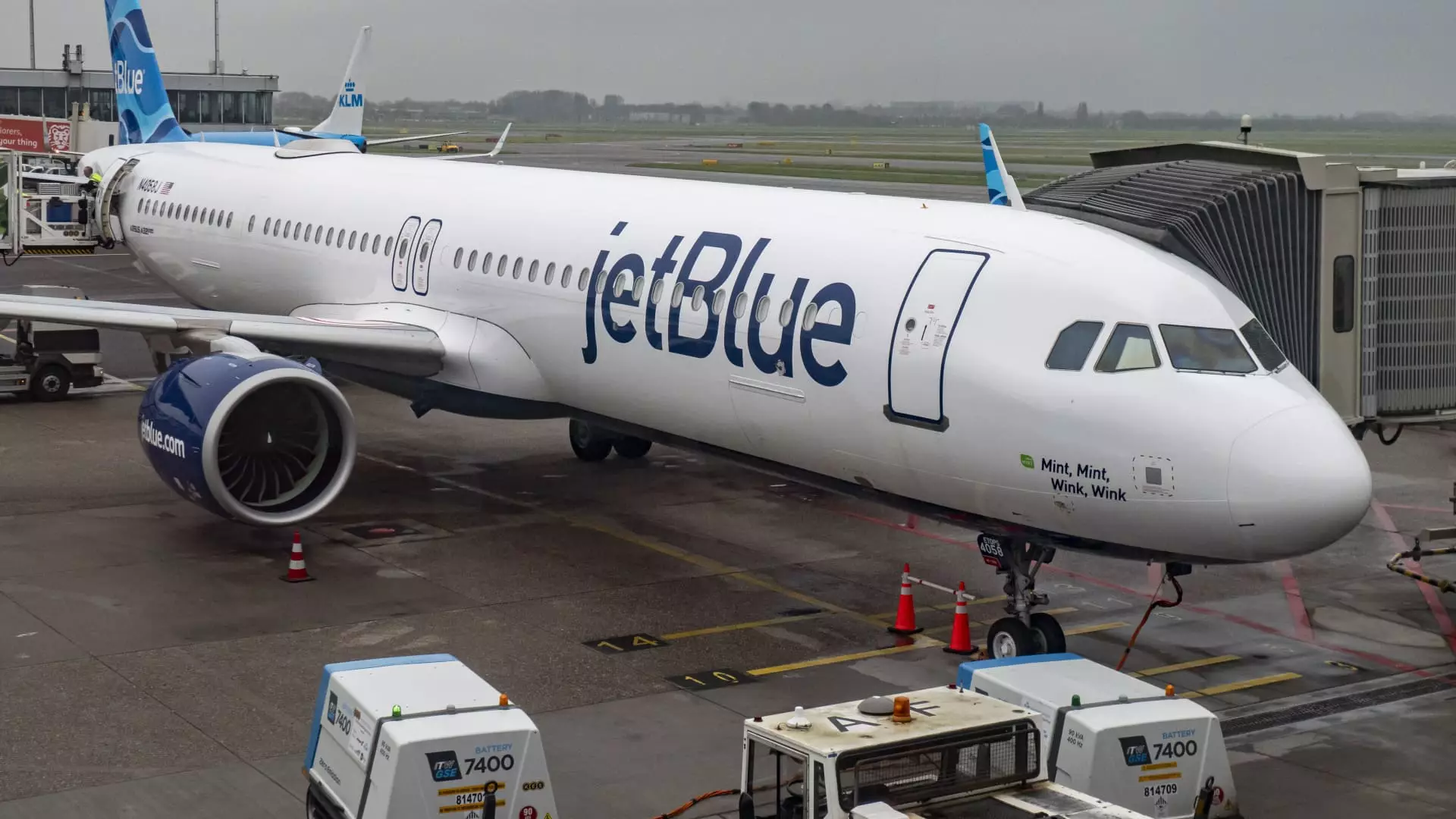JetBlue Airways experienced a significant blow as its shares plummeted more than 10% in premarket trading due to a revised 2024 revenue forecast. The carrier shocked analysts by predicting a second-quarter revenue decline of up to 10.5%, double the initial expectations. Furthermore, the company projected full-year sales to decrease in the low single digits, which fell short of Wall Street estimates. This downgrade comes after JetBlue had previously anticipated flat sales for the year.
In response to financial challenges, JetBlue has embarked on a cost-cutting campaign by discontinuing unprofitable routes and concentrating on routes with stable demand and lucrative premium seat sales. Despite its efforts, the airline’s decision to terminate its merger agreement with Spirit Airlines, which was blocked by a judge on antitrust grounds, has added to its woes. This move underscores a divergence between JetBlue and larger competitors such as Delta and United, who have been optimistic about their financial performance, anticipating profits and increased demand this summer.
Newly appointed CEO, Joanna Geraghty, expressed confidence in JetBlue’s strategy despite the setback in revenue expectations. Geraghty emphasized the importance of the company’s refocused standalone approach as the key to future profitability. The airline’s operations are further hampered by the Pratt & Whitney engine recall, leading to the grounding of some aircraft. JetBlue has signaled its intention to explore additional cost-reduction measures to mitigate financial challenges.
JetBlue’s financial report for the first quarter revealed a significant loss of $716 million, or $2.11 per share, compared to a loss of $192 million, or 58 cents per share, in the same period last year. Despite narrowing losses to $145 million, or 43 cents per share, when adjusted for one-time items, the airline’s revenue decreased by 5.1% to $2.21 billion, aligning with analysts’ revenue projections.
JetBlue Airways faces an uphill battle as it navigates through a turbulent period marked by financial setbacks, operational challenges, and intensified competition. The airline’s ability to adapt its strategy, implement effective cost-cutting measures, and capitalize on emerging opportunities will be crucial in its quest to regain profitability and sustain long-term growth.


Leave a Reply